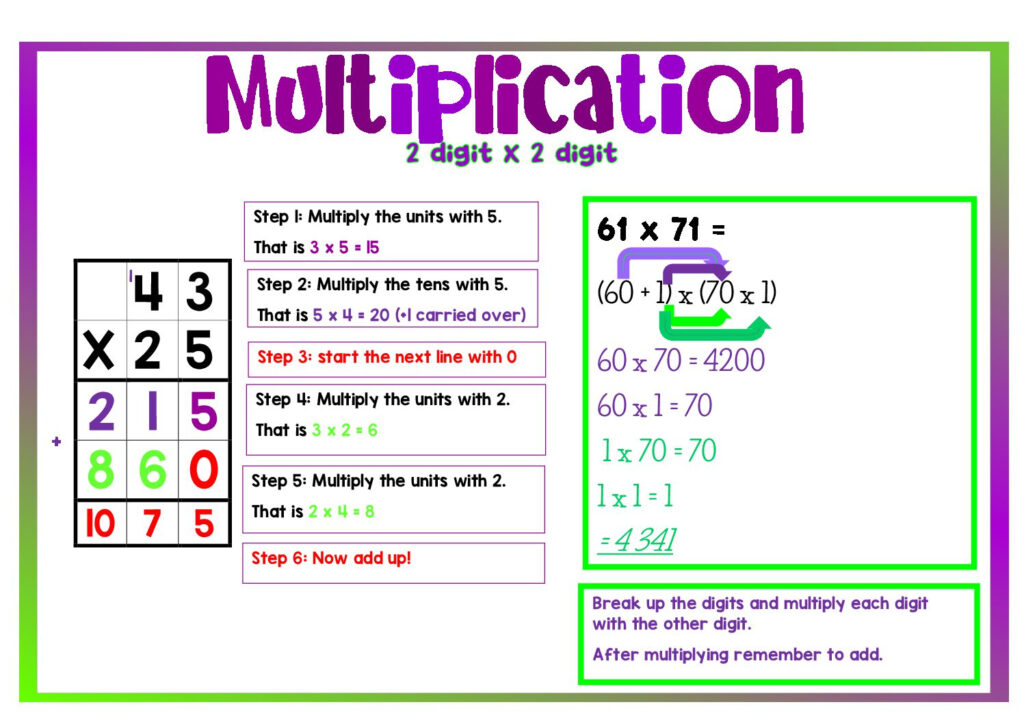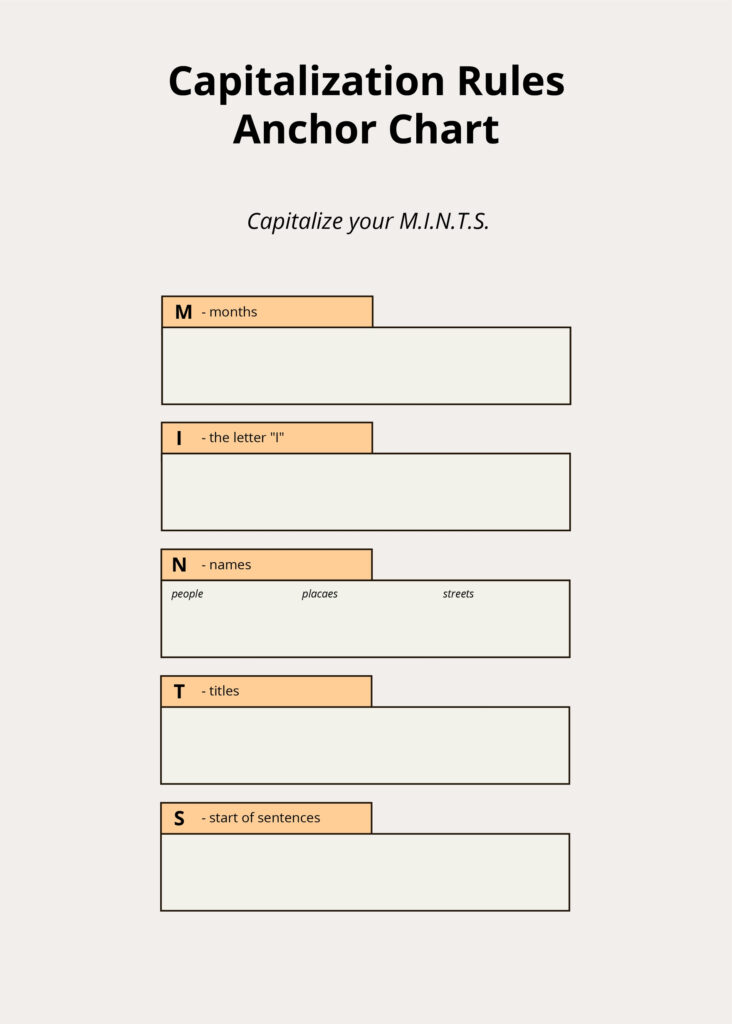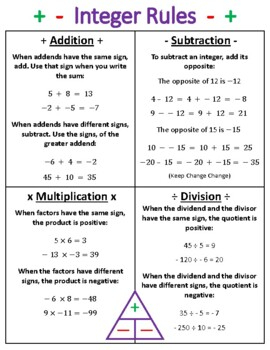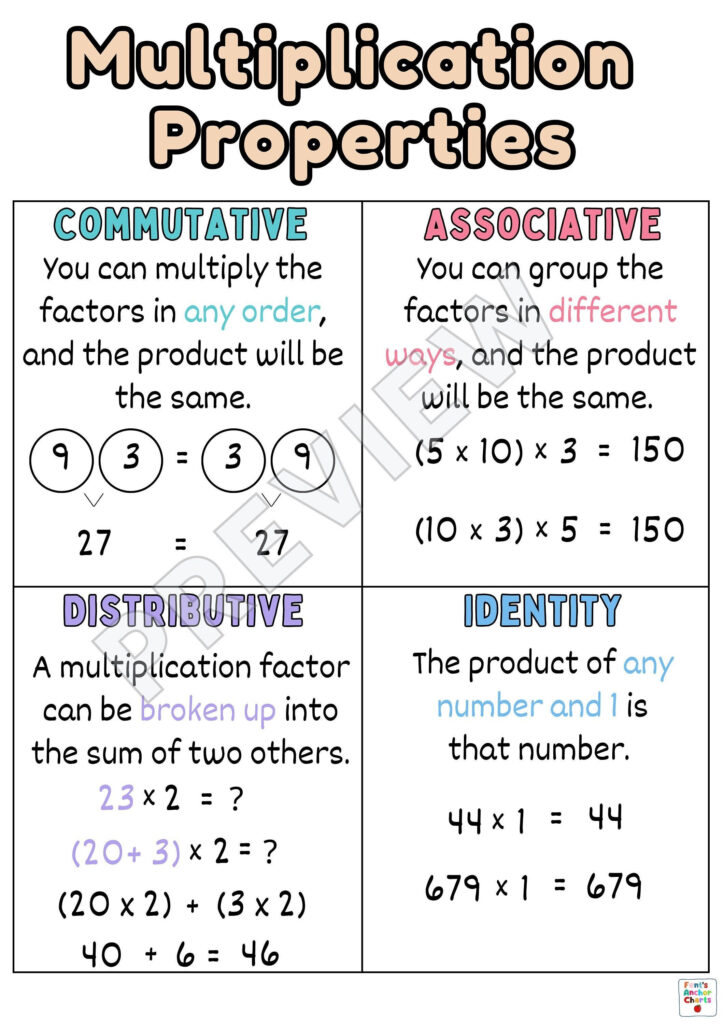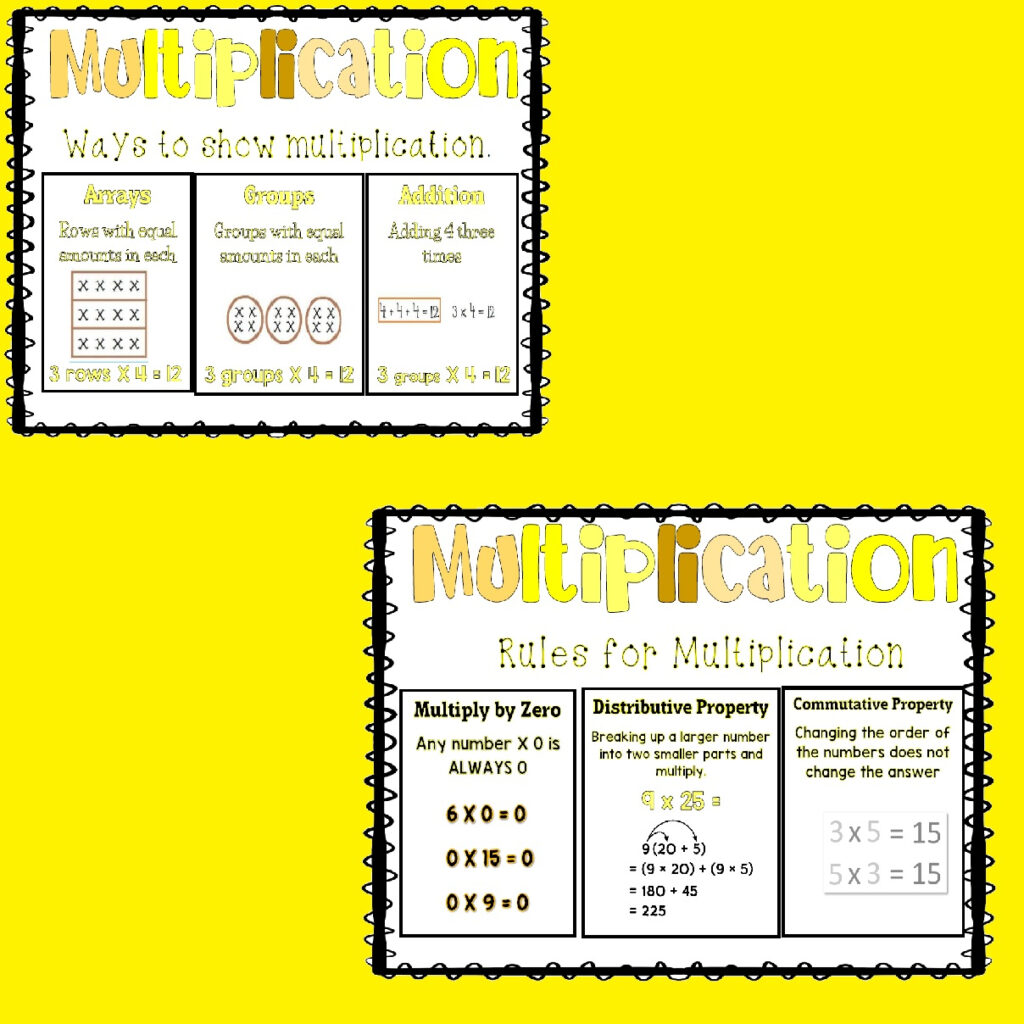When it comes to mastering multiplication, having a solid understanding of the rules is essential. One effective way to help students grasp these concepts is through the use of an anchor chart. An anchor chart is a visual tool that provides a quick reference guide for students to use when solving multiplication problems. In this article, we will explore the key multiplication rules that can be included on an anchor chart and how it can benefit students in their math studies.
The commutative property of multiplication states that the order in which numbers are multiplied does not change the product. This means that a x b is equal to b x a. Including this rule on a multiplication anchor chart can help students quickly identify when they can switch the order of numbers in a multiplication problem without changing the result. By having this visual reminder, students can streamline their problem-solving process and improve their efficiency in solving multiplication problems.
Multiplication Rules Anchor Chart
The Associative Property
Another important multiplication rule to include on an anchor chart is the associative property. This property states that the grouping of numbers being multiplied does not affect the product. For example, (a x b) x c is equal to a x (b x c). By including this rule on an anchor chart, students can easily remember that they can regroup numbers in a multiplication problem without changing the final answer. This can help students break down complex multiplication problems into more manageable steps and increase their confidence in solving them.
The Distributive Property
The distributive property is another key multiplication rule that can be included on an anchor chart. This property states that multiplying a number by the sum of two other numbers is the same as multiplying the number by each of the two numbers separately and then adding the products together. For example, a x (b + c) is equal to (a x b) + (a x c). By including this rule on an anchor chart, students can easily remember how to simplify complex multiplication problems by breaking them down into simpler steps. This visual aid can help students build a strong foundation in multiplication and improve their overall math skills.
In conclusion, an anchor chart is a valuable tool for helping students master multiplication rules. By including key concepts such as the commutative, associative, and distributive properties, students can easily reference these rules when solving multiplication problems. This visual aid can enhance students’ understanding of multiplication and improve their problem-solving skills. Incorporating a multiplication rules anchor chart in the classroom can benefit students of all levels and provide a helpful resource for reinforcing key math concepts.
Download Multiplication Rules Anchor Chart
Capitalization Rules Anchor Chart
Integer Rules Anchor Chart addition Subtraction Multiplication
Multiplication Properties Anchor Chart Math Properties Poster Types Of
Anchor Chart Multiplication Strategies And Rules Teacha
